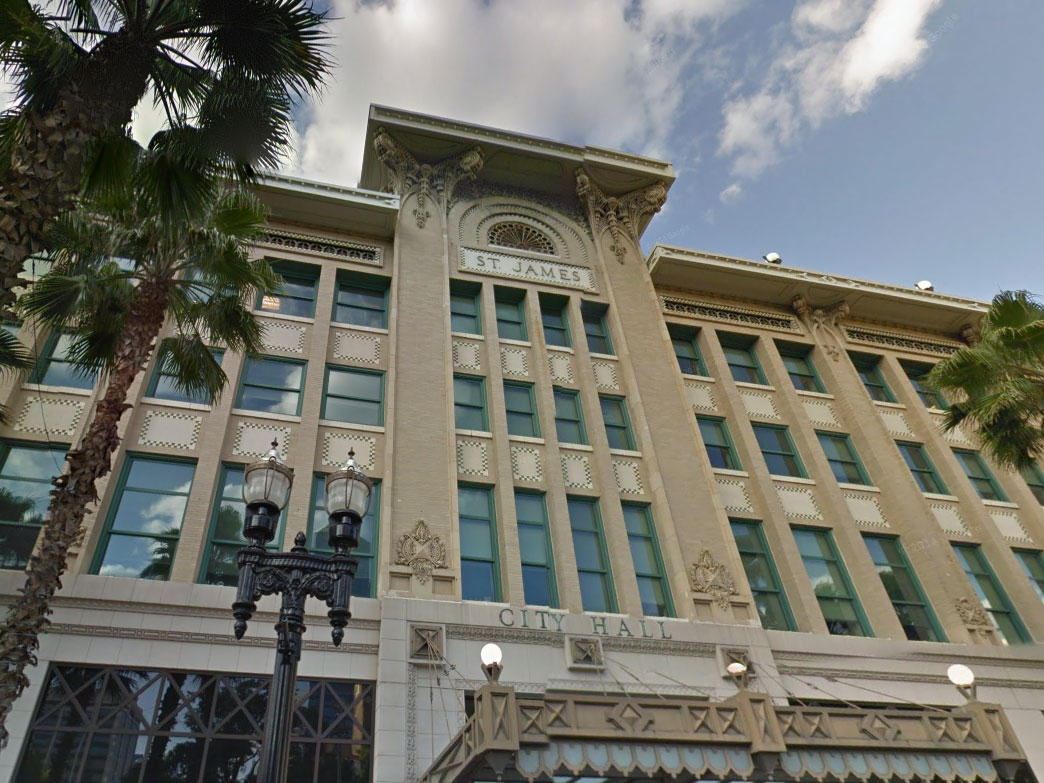
On Tuesday night, the Jacksonville City Council should pass its budget.
There should, at least in theory, be no real hiccups to the process.
Going into the evening, there could be some floor amendments to the bill; but none look especially prohibitive or particularly interesting.
Among them: moving $112,000 from the property appraiser’s fund balance to purchase aerial photography; a correction of the number of part-time hours for the tax collector’s office; moving $20,000 from council contingency for travel to events like the Florida Association of Counties and Florida Association of Cities; and moving $25,000 from contingency to fund swim lessons for underprivileged youth.
Barring something unforeseen, it should be a smooth budget.
The groundwork for that budget was laid well in advance.
****
For one thing, expectations were managed.
With uncertainty about whether or not County Referendum 1 would pass, which authorized extension of a current half-cent tax and applying that revenue toward the unfunded pension liability, department heads who talked to the mayor’s office in June were told to keep their expectations modest.
Yes, the Jacksonville Sheriff’s Office got authorization to hire 40 more cops and 40 more community service officers, as well as a new computer-aided dispatch system and a new fingerprinting system.
And yes, there was an $83.3 million capital improvement plan (with $33.8 million in cash). And in that, drainage will get money. The breakdown is $6 million for countywide drainage rehab, $6.8 million for the Lower Eastside Drainage Project, and $2.1 million for the Trout River/Moncrief drainage projects.
And $11.5 million will be earmarked for the Trail Ridge Landfill Expansion and $3 million for Jax Ash Site Pollution Remediation.
But there were more noes than yeses.
— No to downtown development projects, including Berkman Plaza, the Laura Street Trio, and the Shipyard rehab project.
— No to restoring 13,000 previously cut library hours.
— No to additional fire stations and no to 120 additional fire personnel.
— No to increased countywide grass mowing.
— No to additional code enforcement officers.
And so on.
The budget process in August in city council likewise was smooth.
Seven all-day sessions were planned to review the budget; however, they often ended early.
It seemed the legislative branch was on board with the executive branch.
Finance chair Anna Brosche, in her second year on council, helmed the ship during discussion.
This year’s “curveball” surfaced early in the proposed budget from the mayor’s office: a sweep of $4.5 million from a downtown development fund into the general fund.
“The issue was identified very early in the process,” Brosche said, and work commenced “right away to find an opportunity to fill that hole.”
And the work was rewarded. It was revealed there were savings on debt refinancing, and opportunities for truer budgeting related to the hiring of police and fire training classes.
The committee went into the final day of the budget discussions $1.7 million in the black, Brosche said.
And there was a chance to spend a little bit more money on public safety. Council President Boyer proposed an amendment to pay for Shot Spotter gunshot detection technology through the Jacksonville Journey budget, with money from a closed Jacksonville Sheriff’s Office capital budget.
Other enhancements: $1 million more for sidewalk repair, mitigating a recurrent risk management concern; $3 million more for court-mandated ADA sidewalk repair; and $3.5 million cash for vehicle replacement, a liquidity that tamps down the need to borrow for those costs.
In short, through careful shepherding and a cohesive process, what was marketed as a lean budget was made slightly less lean.
Though it’s short on giveaways, it’s long on fiscal prudence.
That fiscal prudence moves beyond the budget itself; it was revealed last month Jacksonville showed favorable variances in revenue at the end of the third quarter ($12.6 million over projections) and expenditures ($17.4 million below projections).
This $30 million swing, if it holds, will bolster the city’s reserve funds.
In a billion-dollar budget, $30 million is roughly 3 percent; and, make no mistake, it will come in handy once the inevitable economic downturn happens.
When the Lenny Curry administration came in last year, there was a vow to put the fiscal house in order, via discipline measures like not using one-time money to pay for recurrent costs.
Perhaps next year’s budget will be a different story.
But out of two budgets the Curry administration has shepherded, it looks — at least hours before the council passes the bill — like everything is copacetic.



